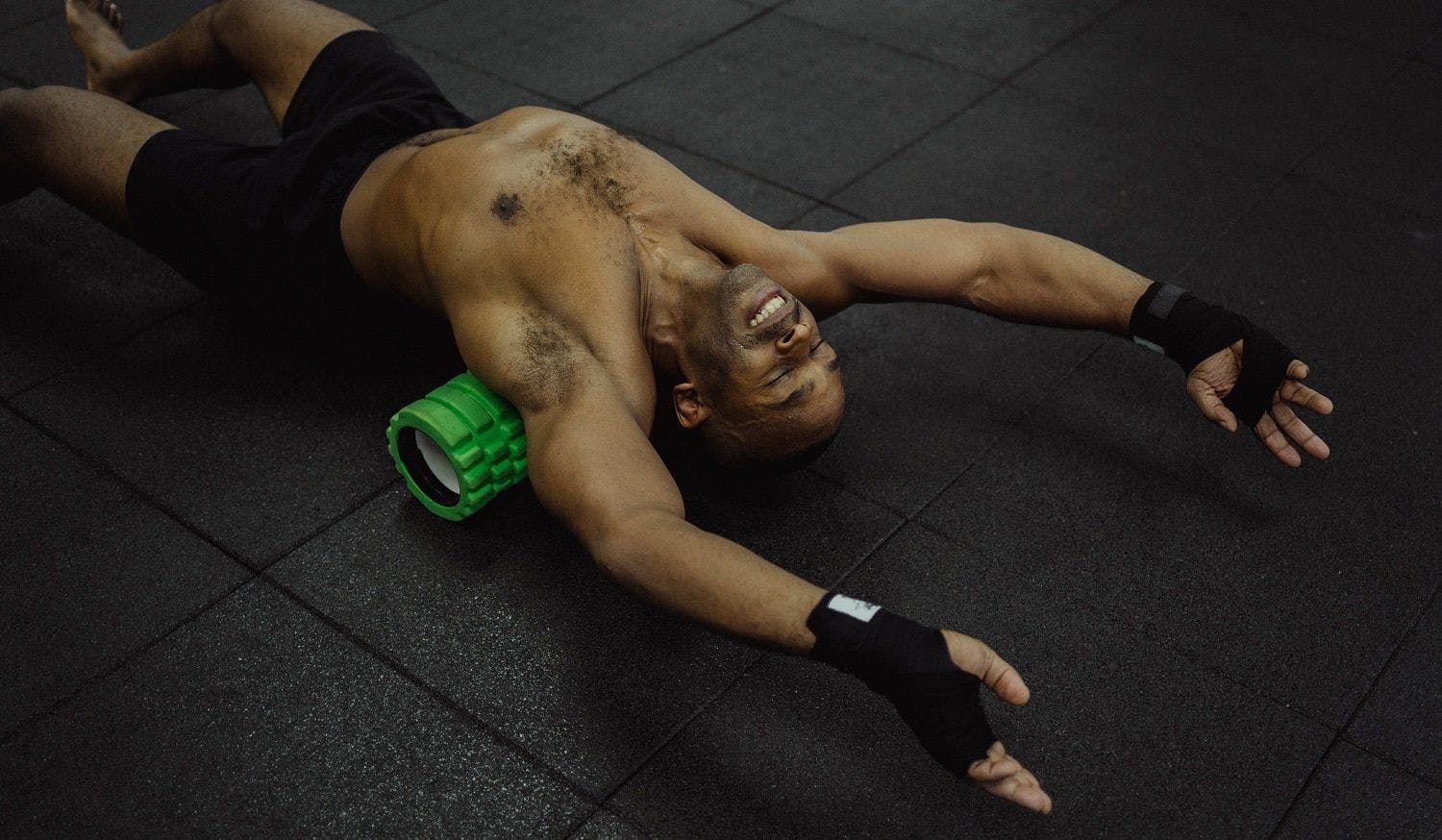Foam Rolling: A Comprehensive Guide
In recent years, foam rolling has transitioned from a self-massage technique used only by professional athletes, coaches, and therapists, to an everyday practice for people at all levels of fitness. The reason for the popularity of this self-massage technique is simple: it works.
What Is Foam Rolling?
Foam rolling, also known as myofascial release, involves the use of a simple cylinder (usually made of foam or flexible plastic) which you can lay on in a variety of positions. This allows your body weight to put focused pressure on affected muscle groups. Rolling over sore areas can help release built-up tension in your fascia and re-establish the integrity of muscle tissue.
Understanding Fascia
Fascia is the thin tissue that connects our muscles. It's like your body's internal packaging - it helps muscle groups cooperate as integrated units. When healthy, fascia is flexible, supple, and glides smoothly over your muscles. However, binding in your fascia can form due to muscle injury, inactivity, disease, inflammation, trauma, or even prolonged sitting.
Why Is Foam Rolling Beneficial for Endurance Athletes?
Highly repetitive movements such as running, swimming, or biking often lead to overuse of some muscles and underuse of others. Overused muscles tend to get tight, and a tight muscle doesn't function properly. Foam rolling can help improve symmetrical muscle function by 'resetting' tight areas. Regular foam rolling can help prevent imbalances and overuse injuries.
How to Foam Roll
When foam rolling, it's better to be too soft than too hard. The process might feel tender, but it should not be agonizing. To keep it systematic, divide the muscle that you’re rolling into three segments - bottom, middle, and top. Give each section a few passes up and down, move onto the next one, and then finish off by giving the entire length of your muscle a pass over.
With each pass through the muscle group, you can then work deeper into the tissue for more release. When you hit a spot that’s especially painful or tight, pause and try to relax. Give it time and the muscle should release - anywhere from 5 to 30 seconds. For more precise areas, try using a lacrosse ball or tennis ball.
Should You Foam Roll Before or After a Workout?
Foam rolling can be performed both prior to and after your workouts. Before exercise, rolling increases tissue elasticity, range of motion, and circulation. This can help you move better during your workout and protect you from injury.
Post-workout foam rolling is a great way to enhance recovery. Focus on all of the major muscles you just worked, with an extra emphasis on the areas that feel problematic. By stimulating blood flow in affected areas, you’ll dramatically increase oxygen to your sore muscle fibers and reduce recovery time.
For more information, talk to one of our Fitness Experts and get customized advice by submitting a request in our Mavyn website.
